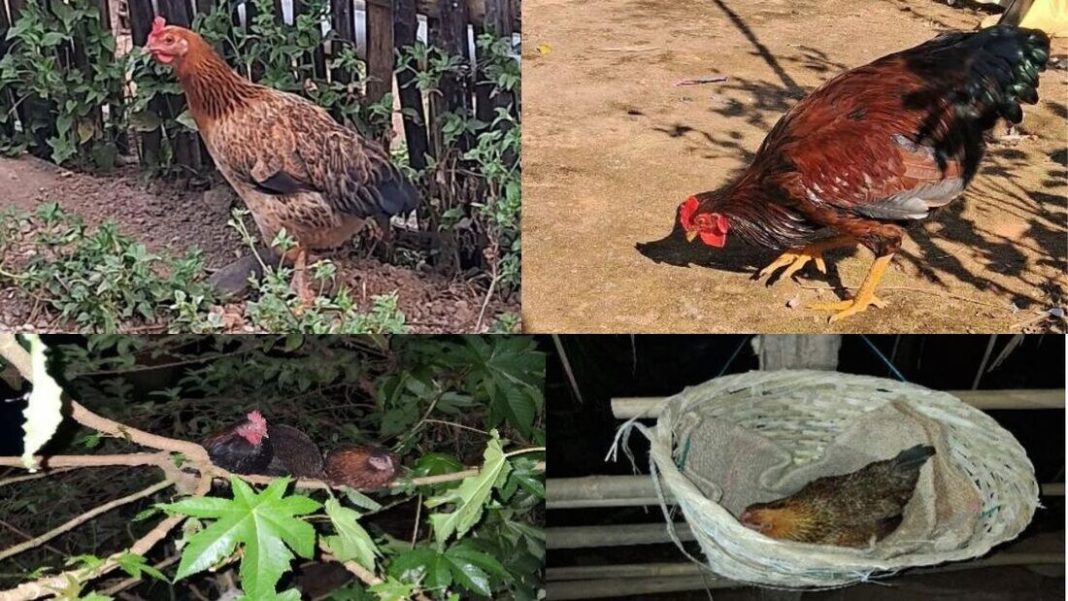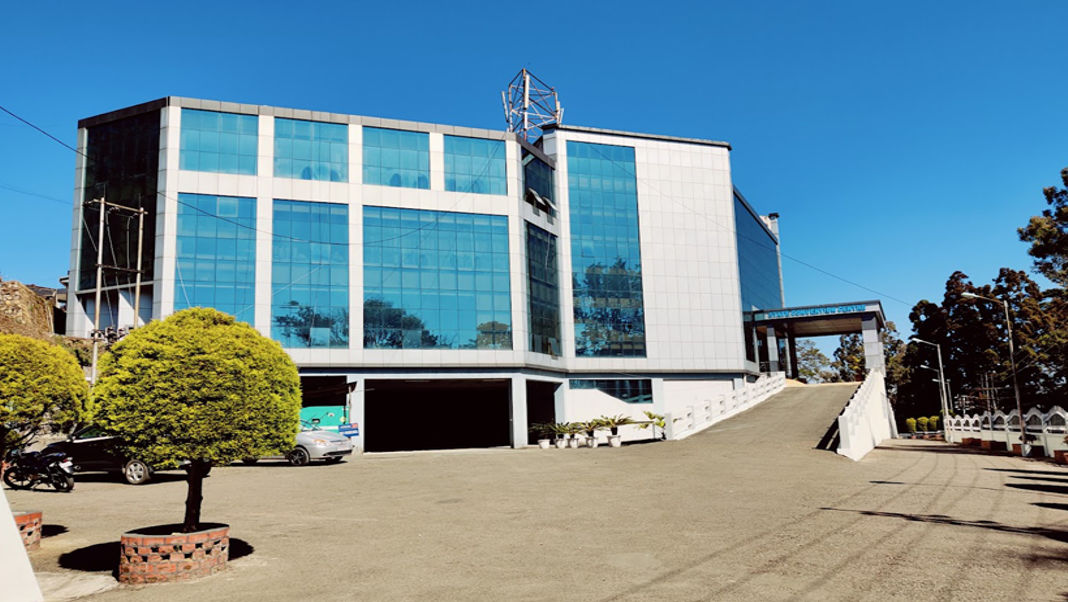Guwahati, Nov 21: Syiar Markasa, an indigenous chicken breed named after Markasa village in Eastern West Khasi Hills, is set to get its first scientific recognition.
The little-known chicken has drawn wide attention after scientists formally documented the poultry breed that has been part of rural Khasi life for generations.
Passed down through tradition rather than textbooks, the bird lived on in backyard sheds, forest edges and weekly markets—unrecorded by science until now. That gap has finally been bridged through a study conducted by researchers from the ICAR Research Complex for the NEH Region, Umiam, and Assam Agricultural University, published in the Indian Journal of Hill Farming.
The study provides the first phenotypic characterisation of the Syiar Markasa—documenting its physical, behavioural and physiological traits shaped by the interplay of genetics and Meghalaya’s hill ecology.
“There has not been clear documentation of the origin and migration of the local indigenous poultry of Meghalaya, which local people call ‘Syiar Markasa, ’” the authors write. “These birds are densely distributed in Markasa village and are popularly known by this name among the Khasi community.”
“Syiar” simply means chicken in Khasi, while “Markasa” denotes the village believed to be the bird’s origin point.
Surveying 885 birds across 105 households in Eastern West Khasi Hills, West Khasi Hills and Ri-Bhoi districts, researchers found a hardy, well-adapted poultry population deeply woven into rural life. More than livestock, the Syiar Markasa functions as cultural wealth—traditionally raised by women, used as emergency cash, and valued for its distinctive flavour.
One of the standout findings is the bird’s physical versatility and striking plumage. The most predominant one was Golden Reddish brown (40.323%), followed by Golden blackish brown (37.096%) and multi-colour (19.354%), and the least was black (3.226%).
Females showed slightly different patterns, with golden reddish-brown dominating at 53.22%.
Long legs, sturdy yellow shanks and bright red combs point to a bird naturally adapted to the hilly, predator-prone landscapes of Meghalaya. Males often display dramatic bluish-black glints on their feathers, while females carry pencilled patterns that help them camouflage in forested surroundings.
Yet phenotypic beauty is only part of the story. The Syiar Markasa is also a dependable meat bird. Adult cocks average around 2 kilograms, while hens weigh about 1.65 kilograms. Egg production remains modest at 35–40 eggs per year, but what they lack in quantity, they make up for in quality: the study recorded excellent Haugh unit scores, indicating strong albumin quality, and shell colours ranging from cream to brown.
Women farmers, who make up over 86% of the rearers, typically allow their flocks to forage freely, supplementing diets with broken rice, maize, and kitchen waste. Housing remains simple—often bamboo sheds, tree perches, or traditional bamboo baskets are used during brooding. Vaccination is still limited due to low awareness and inadequate access, making mortality a concern in some villages.
The researchers argue that documenting Syiar Markasa is more than an academic exercise—it is a crucial step toward conservation. With rising preference for high-yield commercial birds, indigenous poultry populations across India have been declining quietly. Without formal recognition, native breeds often disappear before their value is fully understood.
The report suggests that Syiar Markasa holds strong potential to be officially recognised as a distinct poultry breed from Meghalaya—an achievement that could bring both cultural pride and economic opportunity. It could also strengthen the region’s backyard poultry economy, promoting a sustainable, low-input model that directly benefits rural families.




